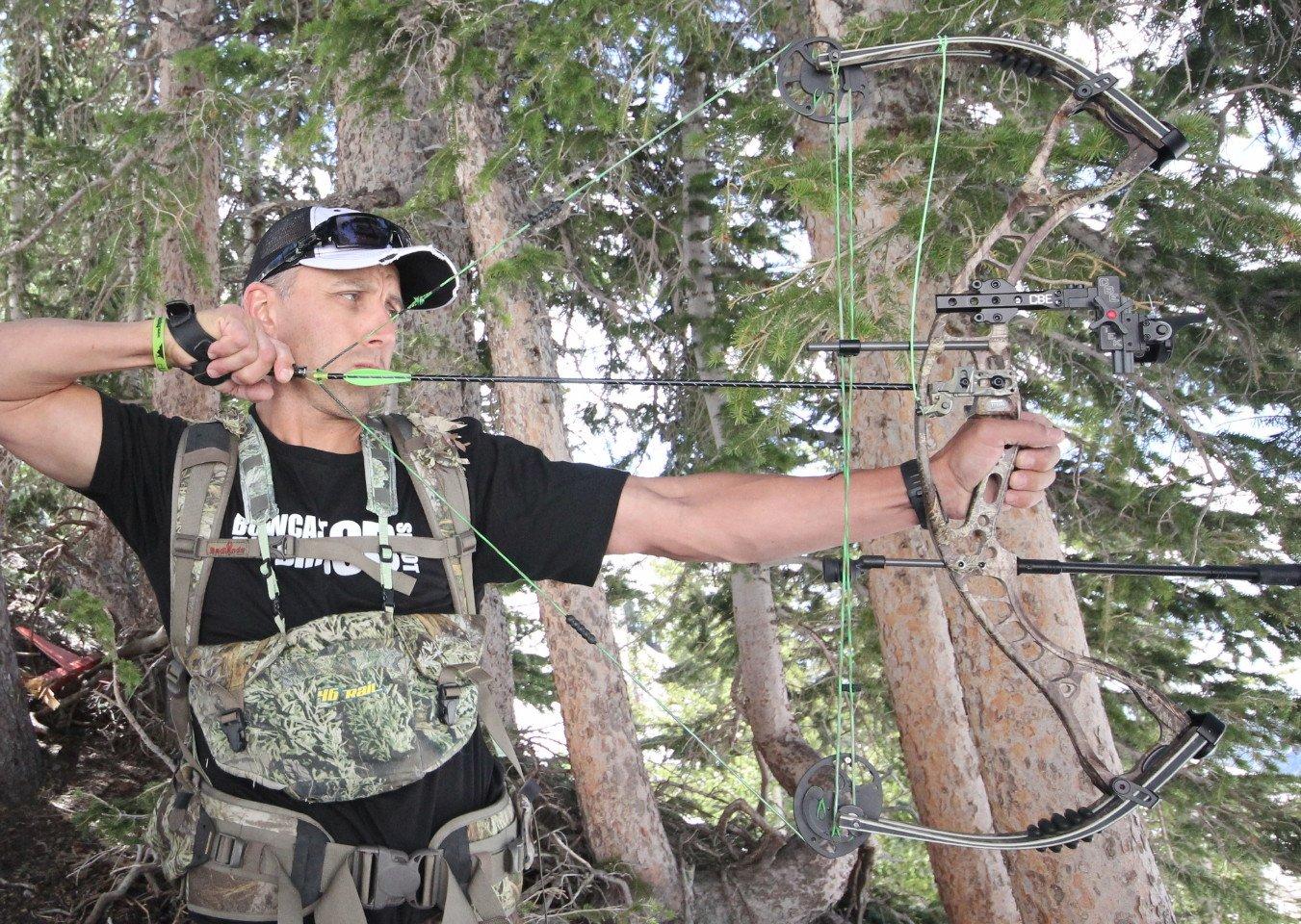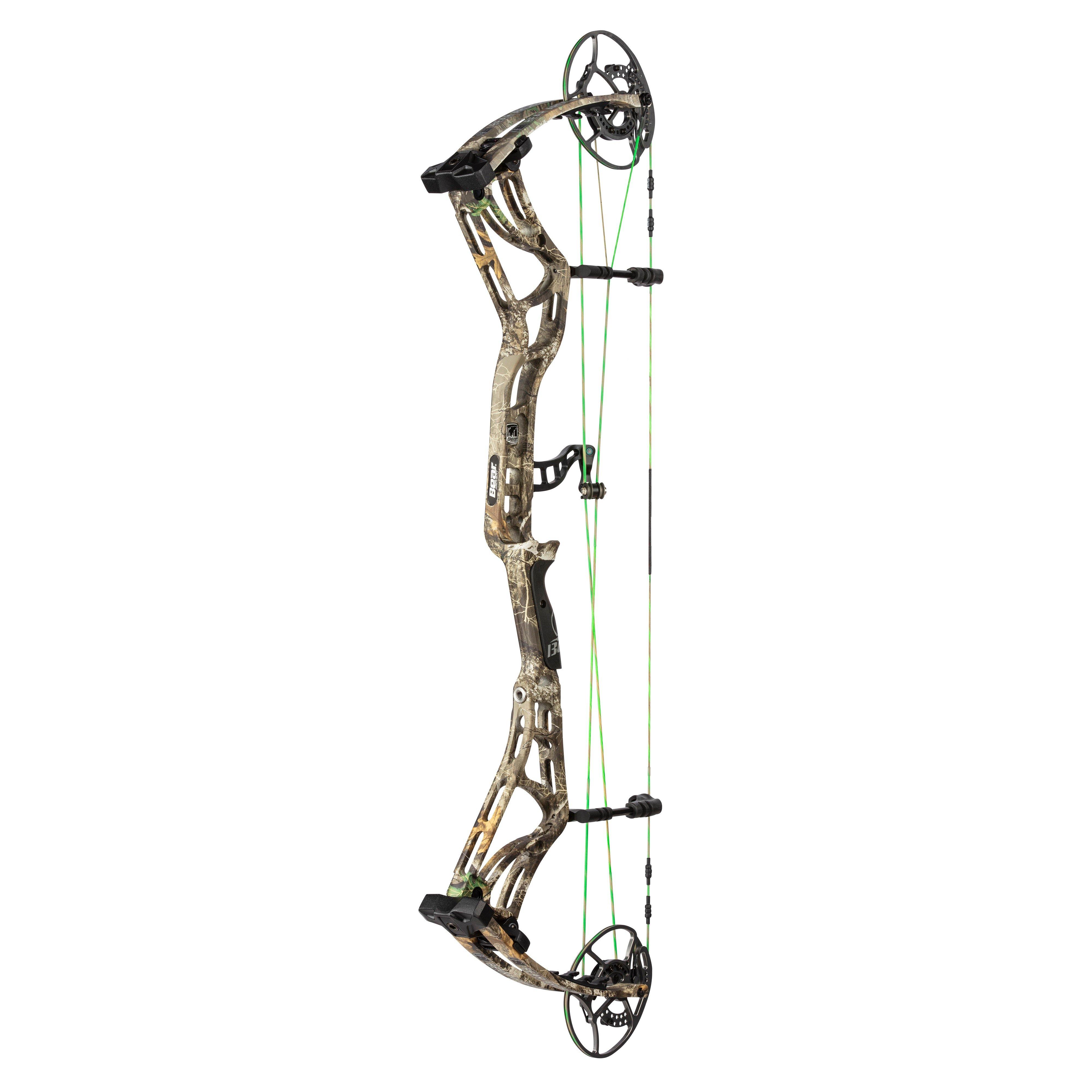Don't Think It Can Be Done? Think Again, My Friend.
Deadly bowhunters strive for shooting consistency and top arrow speed. Here are five tips to help you maximize this combination.
A slow hit is better than a fast miss. I'm a firm believer in that phrase. Just like well-thrown pitches and strikeouts in baseball, shooting accurate arrows is everything in bowhunting for bringing down your quarry. This is why we must always put accuracy first and speed second. Otherwise, the potential for a deadly hit will suffer.
However, there's certainly nothing wrong with a 97-mph fastball that screams across home plate. And for the same reason, there's nothing wrong with a blazing-fast arrow that centers a deer's vitals. Each offers the best of both worlds.
Gear Review: Bear Kuma Compound Bow in Realtree EDGE
As a bowhunter, having both accuracy and speed is a very good thing. This will only make you more capable in the bowhunting woods. With this in mind, here are five ways to maximize your bow's performance — without damaging accuracy.
Shoot a Better Bow
By "better" I mean smoother and faster. The newest bows on the market are more efficient, so they give you all the shooting qualities of ol' Betsy, but they launch arrows with greater speed.
Three years ago, a top-performing bow with a modest brace height delivered speeds in the 315 to 320 fps IBO range. Today, a similar bow, with the same brace height and axle length, will deliver close to 330 to 340 fps IBO. That added 10 to 20 fps of shooting performance makes a difference.
But efficiency isn't everything. There are other qualities that will enhance a bow's shooting nature including overall balance (how it feels at full draw), brace height, and the grip.
Target shooters know the importance of balance. Watch any shooting pro and you'll see an assortment of counter weights on his setup to optimize how the bow holds and aims. This same technique can be used by bowhunters to a lesser extent. The key is to make sure the bow doesn't "rock" severely to the back, front or to the side, which can induce torque and create aiming difficulty.
A variety of companies make counterweights and short hunting stabilizers that you can experiment with to optimize how your bow holds at full draw. If you shoot with a quiver on, be sure it hugs the bow riser in order to prevent a lopsided feel. You'll shoot better this way. A good archery pro shop can help with this task.
Try not to go less than 7 inches of brace height unless you're an expert shot or you happen to have a short draw length (26 inches or less). Every quarter-inch of brace height can make a big difference in how well you shoot. Of course, the shorter the brace height, the faster the bow. But, again, speed is worthless without consistency, so strive for a fast, forgiving brace height. Seven inches seems to be the perfect balance.
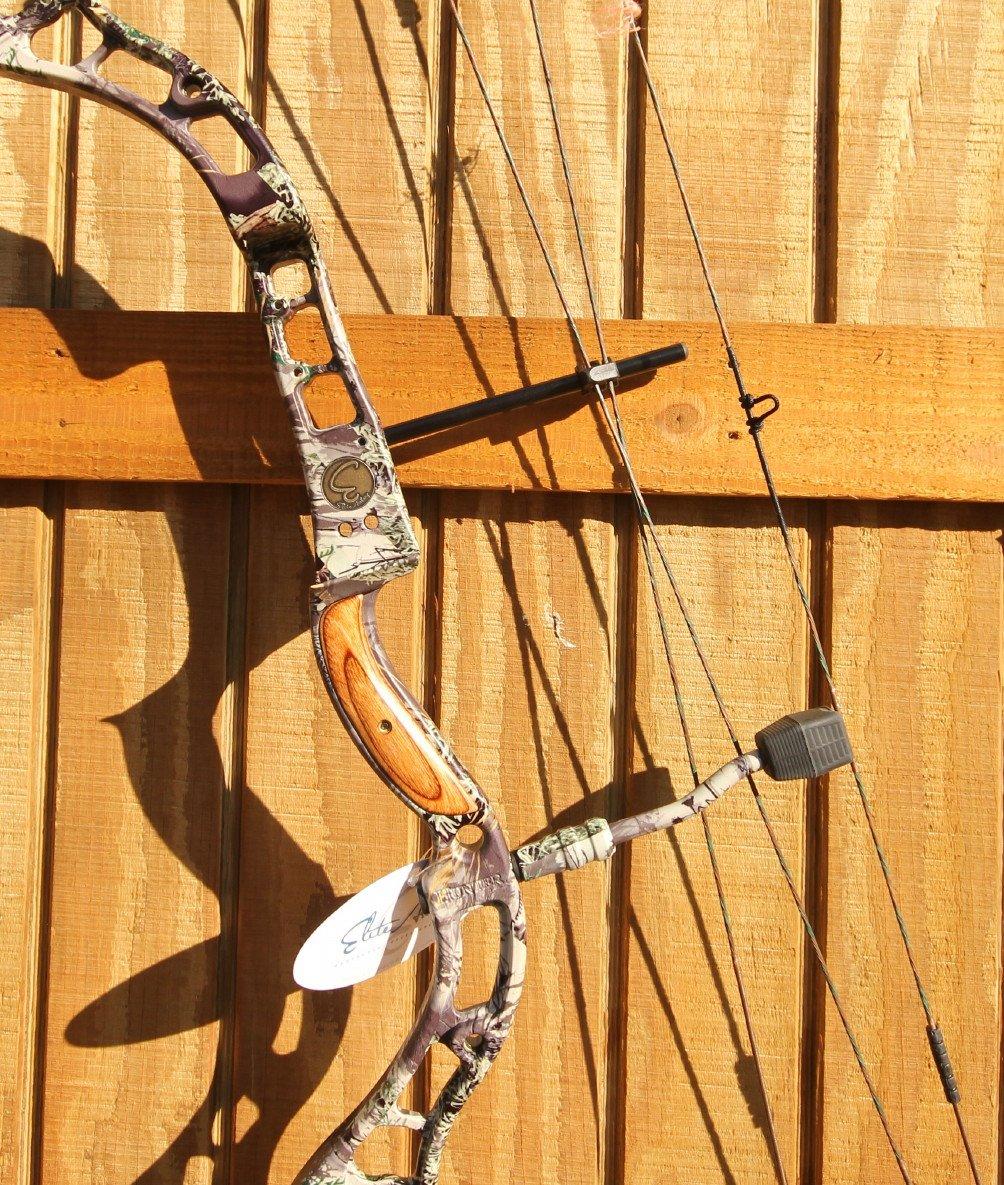
Use Better Arrows
No matter how great your sport's car was engineered, if you put a cheap set of tires on it, it'll handle less than spectacular. The same goes for a great bow and cheap arrows. You're really only as good as the ammo you depend on.
For superior accuracy without giving up speed, you'll need the most precise arrows you can get your hands on. By best I mean those that offer extreme spine consistency, straightness and shaft-to-shaft weight.
I prefer long-proven choices such as Easton A/C/C or Flatline, Carbon Express Maxima Hunter or Maxima Blue Streak Select, Gold Tip Pro Hunter, Carbon Tech Whitetail XP, and similar grades of shafts. Shaft weights in the eight grains per inch seem to be a great tradeoff between stable shooting and fast arrow speed. I advise not to go too light, as your downrange energy and penetration will suffer because of it. Also, make sure you're using an arrow with the correct spine for your particular bow setup. A pro shop can help you with this.
Nock fit on the bowstring is also critical. Nocks must snap on with the right amount of friction; not too tight and not too loose. Otherwise, poor tuning and inconsistent shooting will result. Proper nock fit means the nock should clip on with a "snap," but once clipped on, it shouldn't be able to slide up and down the string without some resistance. There should be no side-to-side wiggle between the nock and serving. If you suspect poor nock fit, then you'll have to change the thickness (diameter) of your string's center serving. This procedure is sometimes tricky to do for the first-timer, but any archery tech can show you how it's done.
Upgrade Your Arrow Rest
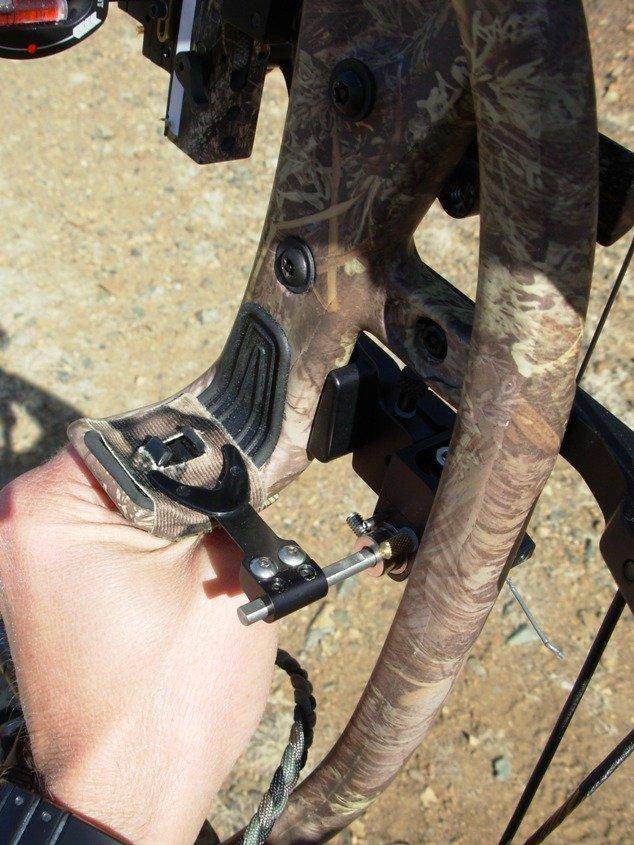
There are a variety of great drop-away rests on the market, but my favorite, by far, is the limb-activated design. This system offers the simplest, most effective way to make a drop rest work properly, so it supports the arrow for as long as possible and drops rapidly in time for the fletching to clear without placing torque on the bow's cable harnesses.
Many first-time users cringe at the idea of tying a long cord from the rest arm to the upper bow limb, as it could potentially snag on stuff in the woods or create a "distraction" in the sight window. Personally, I've not had any problems with these issues. I've used the Arizona Archery Pro Drop with stellar results. I'm very fond of this rest's steel-coated limb cord, which is impervious to weather and offers easy adjustment.
Other great choices include the Trophy Taker Smack Down and Vaportrail Limbdriver Pro.
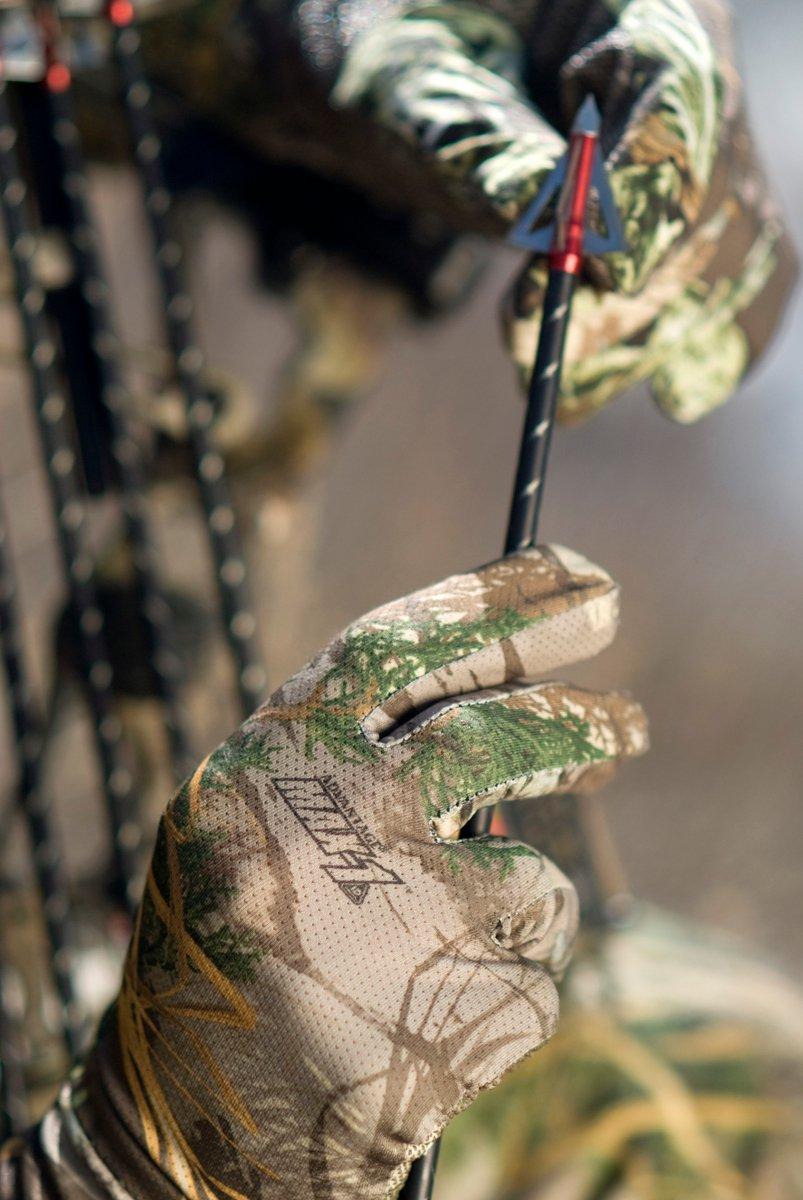 Aerodynamic Vanes & Broadheads
Aerodynamic Vanes & Broadheads
Speed with forgiveness is the goal here, so the emphasis should be on a projectile that flies correctly and consistently with as little arrow-flight friction as possible. After years of experimenting with different vanes, I prefer a stiff, short, high-profile vane such as the Arizona Archery Max Hunter for most hunting applications. Such vanes do a great job of guiding compact fixed or mechanical heads without bogging the arrow down.
The amount of offset or helical the vane has tends to make a big difference in how forgiving the arrow shoots. The sooner the arrow starts spinning, the sooner it can correct any minute flight flutters the shaft has in flight, creating added forgiveness and control. Don't be tempted to use only a slight amount of vane offset. Use at least a 3-degree offset, or better yet, a more aggressive 5- to 7-degree-type helical offset for maximum arrow control.
For the most part, the smaller the broadhead — or the least amount of surface area it has in flight — the more aerodynamic and easier it is to control. This is where low-profile broadheads shine.
Many "speed freaks" present a strong case for mechanical broadheads, saying they are the superior choice for maximum speed and forgiveness. I won't argue with this too much (especially in windy conditions), but I know that a well-designed, compact fixed-blade head can be made to shoot extremely accurately at excessively high speed. However, the user must use precision-grade arrows and work at getting broadhead-to-arrow alignment dead on.
In broadheads, I'd look heavily at the Wac'em, Wasp Boss, Trophy Taker Terminal T-Lock, G5 Striker Muzzy MX-3, and other like models. In mechanicals, the Trophy Taker Ulmer Edge, Swhacker, NAP Killzone and G5 Havoc are top models to consider.
Smoother Trigger, Smoother Shot
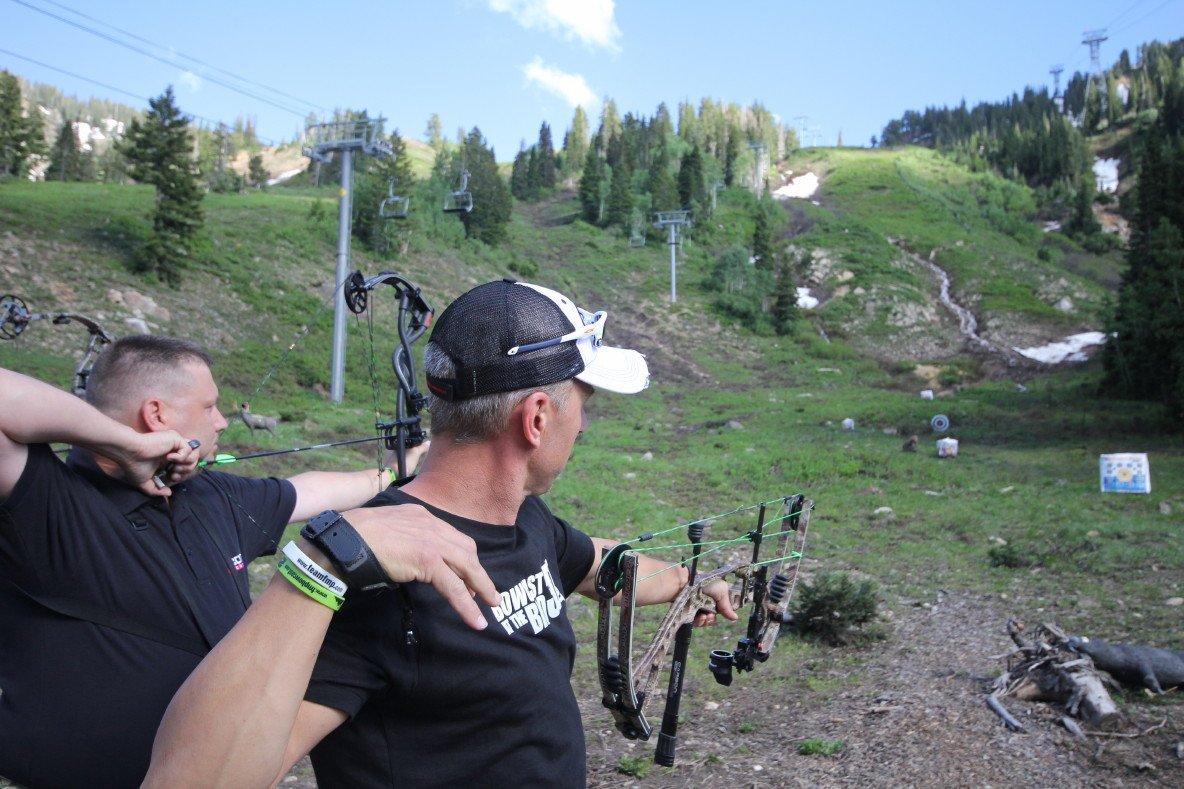
To find such a tool, you'll have to filter through a number of releases at a well-stocked archery warehouse, a store that specializes in competitive archery accessories. Shooting events, where vendors set up display booths, are another great place to handle and test out releases using a dummy cord or bow.
Sampling before you buy is critical because first off "feel" is everything when it comes to choosing a release. It must compliment your wrist, hand and finger configuration perfectly, so all you feel at full draw is the pressure of the trigger pushing into your finger until the arrow is gone.
High-grade releases are expensive, but they'll last a lifetime of heavy use and are a great investment. Besides, they'll help you become a better shot with your speed bow in no time.
Years ago, shooting maximum speed was a problem, since it resulted in lots of shooting noise, vibration and poor accuracy. But thanks to great news bows, arrows, fletching, broadheads and ultra-smooth release aids, shooting top arrow speed can now be done without losing great shootability. Just remember that speed adds up to nothing in a bowhunting situation if your shot misses the mark. Keep the emphasis on accuracy first.
Don't Miss: The Parts of the Compound Bow
Editor's Note: This was originally published June 18, 2012.
Are you a bowhunter wanting to learn how to accomplish your goals? Check out our stories, videos and hard-hitting how-to's on bowhunting.

